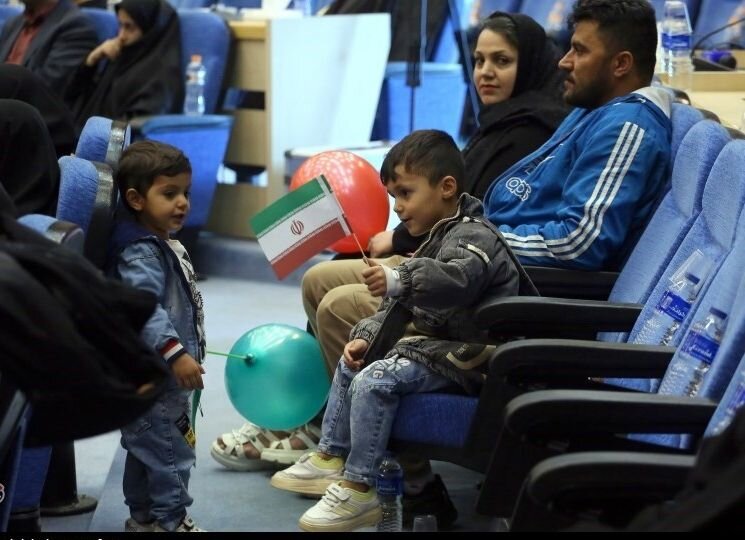National youthful population week kicks off

TEHRAN –The National Youthful Population Week commenced today with the theme of ‘My share in youthful population’ and will wrap up on May 19.
The health ministry has assigned each day a specific name.
Monday, May 13: ‘Media and youthful population’.
Tuesday, May 14: ‘Managers and youthful population’.
Wednesday, May 15: ‘Successful family and youthful population’.
Thursday, May 16: ‘Government bodies and youthful population’.
Friday, May 17: ‘Private companies and youthful population’.
Saturday, May 18: ‘The elite and youthful population’.
Sunday, May 19: ‘Non-governmental Organizations (NGOs) and youthful population’.
The following topics are discussed during the week.
1. Enhancing maternal identity and implementing maternal dignity charter
2. Strengthening the family and fostering vitality within the family
3. Elaborating on demerits of having no child, one child, late childbearing, and low number of children
4. Addressing intentional abortion
5. Examining infertility causes and its treatments.
6. Promoting timely, simple and stable marriages in opposition to abstaining from marriage, late marriage, divorce.
7. Encouraging natural, safe and physiologic birth practices.
8. Exploring the significance of youth population, its achievements and outcomes
Health ministry plays key role
Two years after the enactment of the law on supporting families and the youth, investigations have shown that the health ministry has played a central role in the implementation of the law, Hasan Farshidi, an official with the health ministry, has said.
“Since the implementation of the law, the number of births among mothers aged 20 to 24 has notably increased,” the official said.
The rate of mothers giving birth to three children increased from 16 percent in the Iranian year 1398 (March 2019-March 2020) to 18.97 percent in 1402 (March 2023 –March 2024) and even the fourth childbirth increased from 5 percent to about 7 percent, Farshidi stated.
The health ministry’s responsibilities in the field of health and education are well-defined and it has successfully implemented more than 95 percent of its tasks in the youth law, he added.
Meanwhile, Saber Jabbari, the head of the health ministry’s youthful population center, has said the ministry was recognized as the best organization, implementing programs for the youth in the last year, which ended on March 19.
“A total of 32,000 nurse aides are providing health care services in rural and urban areas. Also, 22,000 health care providers offer fertility services in urban areas, with 13,809 of them being midwives,” Jabari further noted.
There are 10,200 midwives working in delivery rooms. Also, 2,086 and 6,689 gynecologists are working in state sectors and private sectors, respectively, Jabbari added.
Over 188,000 registered births were third-born, more than 63,000 births were fourth-born, and over 20,000 were fifth-born children.
A total of 462 marriage education centers are active in the country training various topics such as sexual health, fertility, and the complications of the prevention of pregnancy to young couples.
Fertility rate should reach 2.5
In November 2023, Jabbari said that the total fertility rate should reach 2.5 from 1.66 before the closure of the demographic window in the next five years.
"The country is on the threshold of aging; to tackle this crisis, we must promote childbearing and youth population,” IRNA quoted Jabbari as saying.
Over the last 30 years, the total fertility rate of the country has declined, but in the Iranian calendar year 1401 (March 2022–March 2023), the downward trend in fertility came to a halt, he added.
“Carrying out programs that are focusing on the youth population at the national level is a strategy to increase the total fertility rate,” Jabbari stressed.
MT/MG
Leave a Comment